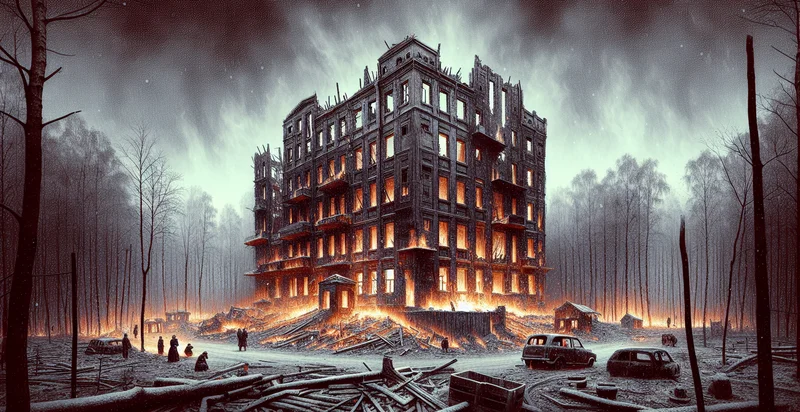Identify fire alarm conditions
using AI
Below is a free classifier to identify fire alarm conditions. Just upload your image, and our AI will predict the specific conditions that indicate a fire alarm activation - in just seconds.

Contact us for API access
Or, use Nyckel to build highly-accurate custom classifiers in just minutes. No PhD required.
Get started
import nyckel
credentials = nyckel.Credentials("YOUR_CLIENT_ID", "YOUR_CLIENT_SECRET")
nyckel.invoke("fire-alarm-conditions", "your_image_url", credentials)
fetch('https://www.nyckel.com/v1/functions/fire-alarm-conditions/invoke', {
method: 'POST',
headers: {
'Authorization': 'Bearer ' + 'YOUR_BEARER_TOKEN',
'Content-Type': 'application/json',
},
body: JSON.stringify(
{"data": "your_image_url"}
)
})
.then(response => response.json())
.then(data => console.log(data));
curl -X POST \
-H "Content-Type: application/json" \
-H "Authorization: Bearer YOUR_BEARER_TOKEN" \
-d '{"data": "your_image_url"}' \
https://www.nyckel.com/v1/functions/fire-alarm-conditions/invoke
How this classifier works
To start, upload your image. Our AI tool will then predict the specific conditions that indicate a fire alarm activation.
This pretrained image model uses a Nyckel-created dataset and has 21 labels, including Clean, Damaged, Dirty, Excellent Condition, Fair Condition, Fully Functional, Good Condition, No Visible Wear, Non-Operational and Not Functional.
We'll also show a confidence score (the higher the number, the more confident the AI model is around the specific conditions that indicate a fire alarm activation).
Whether you're just curious or building fire alarm conditions detection into your application, we hope our classifier proves helpful.
Related Classifiers
Need to identify fire alarm conditions at scale?
Get API or Zapier access to this classifier for free. It's perfect for:
- Fire Prevention System Enhancement: This function can be integrated into existing fire prevention systems to improve their response accuracy. By identifying false fire alarm conditions, it reduces the number of unnecessary evacuations and promotes a more effective allocation of emergency resources.
- Smart Building Management: In smart buildings, this identifier can monitor and analyze alarm data in real time. By distinguishing between false alarms and genuine threats, facility managers can ensure a safer environment for occupants while minimizing disruption from false alarms.
- Insurance Risk Assessment: Insurance companies can use this function to assess the risk of fire incidents more accurately. By analyzing historical data on false alarms versus actual incidents, insurers can tailor their policies and premiums based on more reliable risk assessments.
- Emergency Services Optimization: Fire departments can employ this identifier to optimize their response protocols. By distinguishing between false alarms and real emergencies, they can reduce response times and allocate resources more effectively, enhancing overall community safety.
- Cost Reduction in Operations: Businesses with frequent false alarms can integrate this function to identify patterns and reduce operational costs. By minimizing unnecessary fire drills and emergency responses, they can save on labor costs and improve overall efficiency.
- Safety Training Programs: Organizations can utilize the data generated by this function to develop targeted safety training programs. Understanding the circumstances that lead to false alarms can help in training employees to respond appropriately and prevent unnecessary alarm triggers.
- Regulatory Compliance and Reporting: This identifier can assist businesses in meeting regulatory requirements concerning fire safety. By providing evidence of false alarm conditions, companies can demonstrate compliance with safety standards, thereby avoiding fines and improving their reputation.


